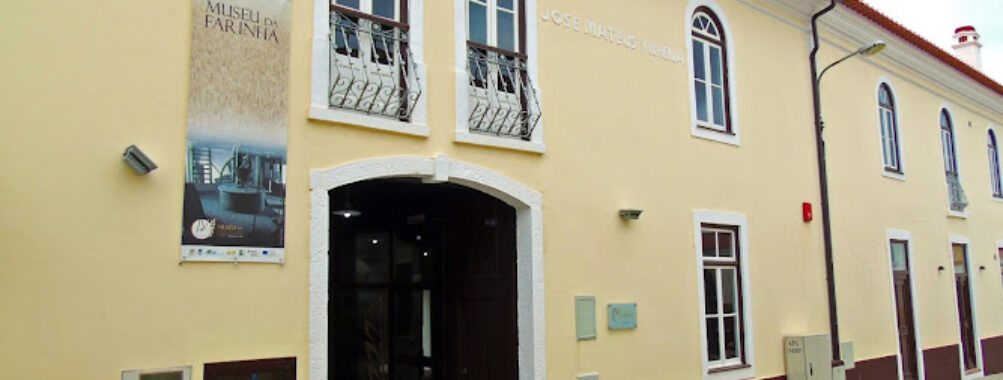
Museum of Flour
Table of Contents
Description
Let me tell you about one of Portugal’s most fascinating small museums – the Museum of Flour. As someone who’s always been intrigued by how everyday items shape our cultural heritage, I was absolutely blown away by this place. It’s actually housed in an old flour mill from 1925 that’s been lovingly restored to its former glory. And boy, does it tell a story!
The building itself is pretty special – they’ve kept all the original milling equipment in working condition, which really brings the whole experience to life. What I love most is how it captures a slice of rural Portuguese life that’s quickly fading from memory. Every time I visit places like this, it reminds me of my grandmother’s stories about local mills in her village.
Key Features
• Original 1925 milling machinery, fully restored and maintained
• Interactive demonstrations of traditional flour-making processes
• Educational exhibits showing the evolution of milling technology
• Collection of historic tools and equipment used in flour production
• Displays explaining the importance of flour in Portuguese culture
• Detailed architectural preservation of the original mill building
• Multimedia presentations about local agricultural heritage
• Exhibition space showcasing temporary related exhibits
• Hands-on area where kids can learn about grain grinding
• Cultural programs and workshops throughout the year
Best Time to Visit
Speaking from experience, the ideal time to check out the Museum of Flour is during mid-morning on weekdays. That’s when you’ll find fewer crowds and better opportunities to really engage with the exhibits. I’d especially recommend visiting during spring or fall when the weather’s just perfect for exploring the historic building without getting too hot or cold.
The museum sometimes hosts special demonstrations and workshops during local festivals and harvest seasons – these are absolutely worth planning your visit around. And y’know what? Early afternoon visits can be great too, but just keep in mind that’s when school groups tend to show up.
How to Get There
Getting to the Museum of Flour is pretty straightforward, though I’ll admit I got a bit turned around my first time visiting! If you’re driving, which is honestly the easiest way to get there, you’ll want to follow the main regional road. Public transportation is available, but it’s limited – you’ll need to catch a local bus from the nearest town center.
For those using GPS (which I highly recommend), make sure you’ve got the most recent maps downloaded because some older systems might not recognize the museum’s location. From my own misadventures, I can tell you it’s better to arrive a little earlier than planned to give yourself time to find parking and get oriented.
Tips for Visiting
Here’s what I’ve learned from my visits that’ll help make your experience even better. First off, the entrance fee is just 2€ per person (free for kids under 6), which is an absolute steal for what you get. Bring cash though – they don’t always take cards.
Try to join one of the guided tours if you can – trust me, they really bring the whole place to life. The guides know their stuff and share fascinating little details you’d probably miss otherwise. I’d suggest setting aside about 1-1.5 hours for your visit to really take everything in.
Photographers, bring your camera! The old machinery and architecture make for some amazing shots. And if you’re into history or engineering, you’ll definitely want to bring a notebook – there’s so much interesting information to absorb.
Oh, and here’s something most people don’t know – the best photos of the machinery are actually in the morning when the natural light streams through the windows. I learned that one the hard way after several visits at different times of day!
For families with kids, there’s usually some hands-on activities available, but you might want to call ahead to check the schedule. And don’t forget to wear comfortable shoes – you’ll be standing on hard floors while exploring the exhibits.
Honestly, what makes this place special isn’t just the machinery or the building – it’s how it captures a crucial part of Portuguese rural life and industry. Every time I visit, I notice something new, and that’s what keeps drawing me back. It’s one of those hidden gems that really helps you understand the heart of Portuguese cultural heritage.
Location
Places to Stay Near Museum of Flour
Find and Book a Tour
Explore More Travel Guides
No reviews found! Be the first to review!